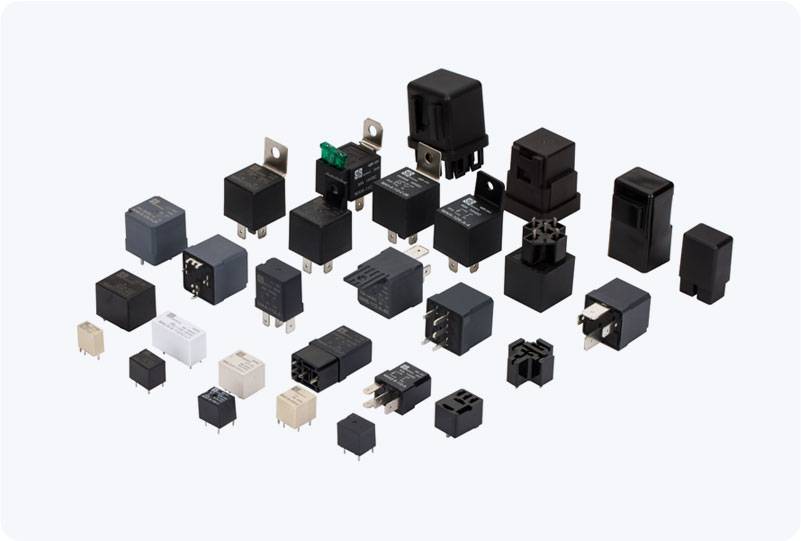
In recent years, the demand for efficient, reliable, and fast switching devices in high-voltage systems has surged. This is where IGBT-Based HV Relays come into play. Combining the power of Insulated Gate Bipolar Transistor (IGBT) technology with high-voltage relay systems, these devices have become an essential component in various industrial, energy, and transportation applications. This article explores the working principle, advantages, applications, and future trends of IGBT-Based HV Relays.

IGBT (Insulated Gate Bipolar Transistor) is a semiconductor device that combines the best features of both MOSFETs (Metal-Oxide-Semiconductor Field-Effect Transistors) and BJTs (Bipolar Junction Transistors). It offers the high input impedance and low switching losses of a MOSFET, while also providing the ability to handle high current and voltage like a BJT. This unique combination makes IGBT an ideal choice for high-voltage relay applications.
In an IGBT-Based HV Relay, the IGBT acts as the core switching component. The relay works by using the gate terminal of the IGBT to control the switching process. When a control signal is applied to the gate, the IGBT either turns on or off, thereby allowing or interrupting the flow of current through the relay. The IGBT's fast switching speed and high voltage tolerance make it suitable for applications where rapid switching of large voltages and currents is required.